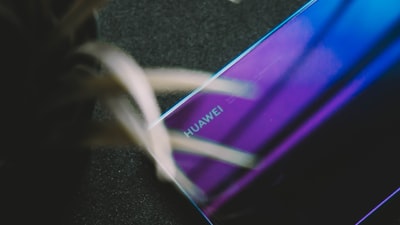Summary:
Samsung has launched its latest foldable smartphones, the Galaxy Z Fold 7 and Z Flip 7, featuring slimmer designs and, in the case of the Fold 7, a significant price hike to underline its premium strategy. This move comes amid intensifying competition: Apple has overtaken Samsung in global smartphone sales, while Chinese rivals like Huawei and Honor are making inroads into Samsung’s once-dominant foldables market. Samsung also spotlights its focus on AI integration—working with partners like Google and featuring Gemini voice assistant on new Smartwatches—to help its devices stand out. Yet, despite technological advances, foldables remain a niche, making up just 1.5% of global sales.
Analysis:
Samsung’s pivot towards premium, AI-powered foldables is as much a defensive maneuver as it is an innovative push. The premium segment is less price-sensitive and historically dominated by Apple, a company slow to enter the foldable race—giving Samsung room to establish its reputation in a luxury tech niche. Yet this field is narrowing: Chinese companies are rapidly eroding Samsung’s market share with competitive models, particularly in China, a market where Samsung struggles to compete. The decision to further increase foldable prices may reinforce Samsung’s luxury ambitions but carries risk, especially as economic uncertainty tightens consumer spending and rival devices narrow the once yawning innovation gap.
At the same time, Samsung’s heavy promotion of AI capabilities signals recognition that hardware alone no longer drives consumer excitement. Differentiation now hinges on smart features and ecosystem synergy, but Samsung’s reliance on external partners (notably Google) could expose it to shifting alliances or competitive disadvantages compared to Apple’s tightly integrated approach. On the supply side, challenges from US tariffs, disruptions in chip production, and rare earth material shortages reveal a fraught geopolitical-economic context that could shake Samsung’s global ambitions.
Discussion:
The foldable phone race is emblematic of broader shifts in the tech industry: hardware innovation is slowing, margins are squeezing, and differentiation moves deeper into services and software. Samsung’s gamble—making foldables lighter and smarter, focusing on AI, and aiming at the premium market—reflects both opportunity and anxiety. On one hand, if Samsung can make foldables truly mainstream and indispensable, it could own a lucrative new category. On the other, the risk is that foldables remain niche, hampered by price, durability questions, and a lack of compelling use cases for most users—leaving Samsung exposed to competitive erosion and shifting consumer tastes.
There’s also an interesting geopolitical undertone: Samsung’s shifting manufacturing resources, its response to Chinese export controls, and efforts to sidestep US tariffs speak to the vulnerability of global tech supply chains in an era of rising nationalism and protectionism.
Bigger questions linger: Will consumers ever embrace foldables as their primary device, or will these remain a futuristic sideshow? Can Samsung’s embrace of AI integration propel it beyond its rivals, or will the value ultimately accrue to software ecosystems (Apple, Google) rather than hardware brands? In the longer term, will Samsung’s willingness to work with external partners give it unique flexibility, or will it leave the company searching for a true identity?
Ultimately, Samsung’s move invites debate about the future of innovation in a maturing industry—and about what, in the end, really drives consumer loyalty and technological progress.

Comments
No comments yet. Be the first to comment!